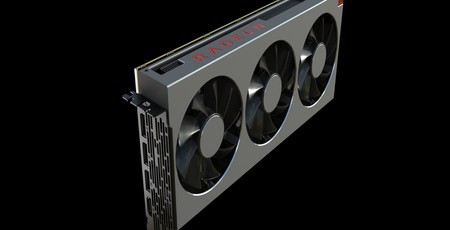
Conclusion
Bringing AMD back into the high-end GPU space, the Radeon VII delivers stellar performance at 1440p and acceptable frame rates at 4K. It can’t match Nvidia’s finest, but next to the RTX 2080 it trades blows and comes out roughly a match overall, showing particular promise in DX12.
You might argue that the method of achieving this was quick and dirty, as it’s clear to see that the Radeon VII is more or less the Radeon Instinct MI50 fitted with a new cooler designed for the gaming crowd, but this doesn’t change the performance credentials, and repurposing workstation-grade hardware for the gaming space is a common technique to extract maximum value from production costs.
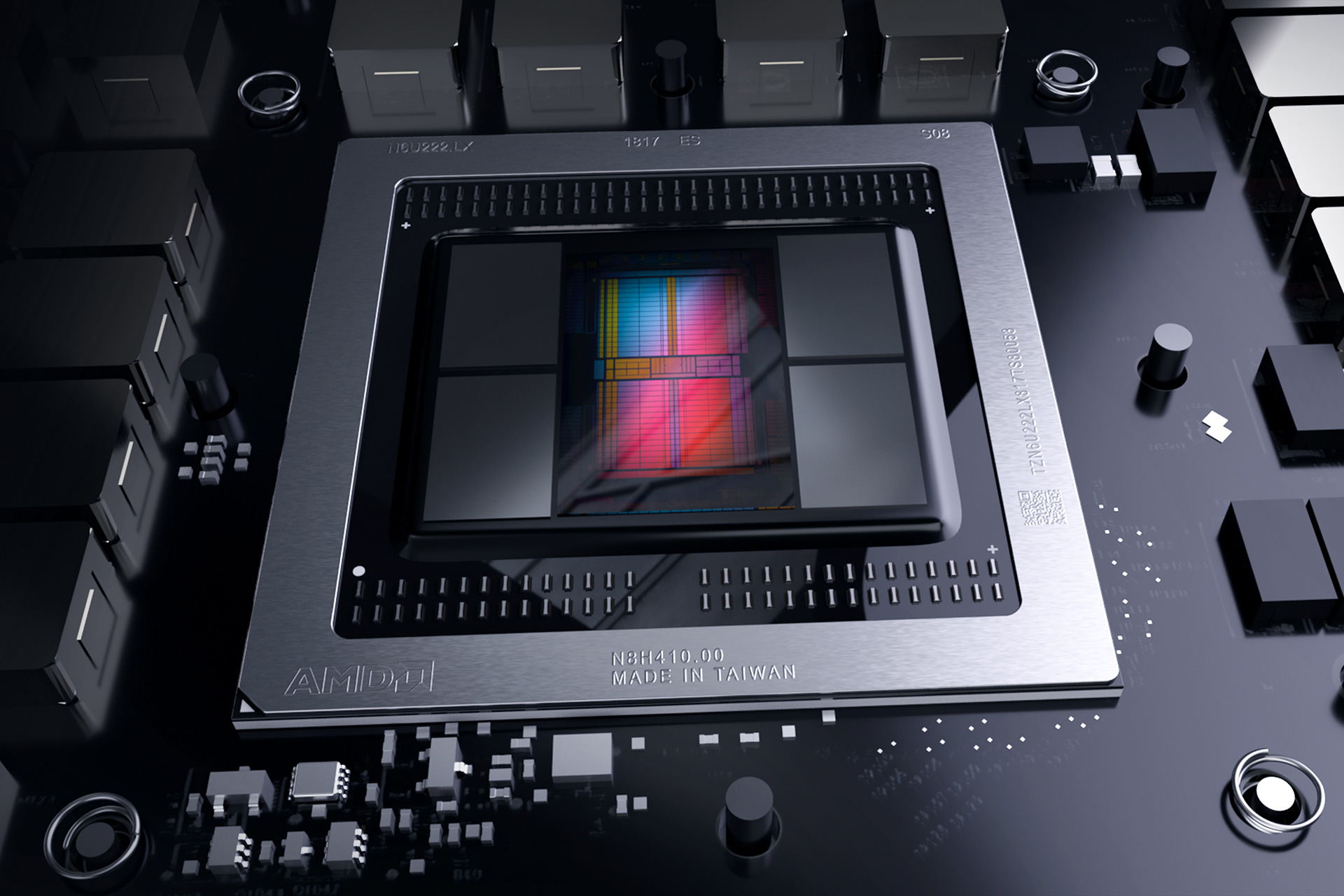
A shrink to 7nm allows frequencies to be pushed higher and makes way for industry-leading specifications: 16GB of HBM2 plus 1TB/s of memory bandwidth are monstrous to the point of arguably being over-specced relative to the Vega 20’s cores. Even so, these improvements plus a few minor optimisations on the die allow Radeon VII to be nearly 30 percent faster than its predecssor, the Vega 64. We do see better scaling at higher resolutions, but double the memory/bandwidth certainly doesn’t mean anywhere near double the performance, so there’s a clear case of diminishing returns. This raw memory advantage is the line AMD will be towing the most in its marketing by referencing VRAM usage at 4K/max settings, but we stand by our assessment that 1440p is the more relevant resolution for both Radeon VII and RTX 2080.
We have to wonder whether a fully enabled, 64 CU GPU paired with a 12GB frame buffer and 750GB/s of memory bandwidth wouldn’t have been a better balanced GPU for the gaming audience, but sadly such a configuration seems likely to remain entirely theoretical. Hopefully we will at least be able to get WattMan working so we can test the impact of lowering the memory bandwidth to this level.
Either way the efficiency limitations of GCN 5th Gen mean that the new performance comes at the cost of power, heat, and noise. AMD’s card is forced to draw considerably more power than its rival to reach equivalent performance levels, and though the new cooler is AMD’s best built, best looking, and best performing one yet, it still has to reach unpleasant noise levels just to keep temperatures in check with the competition despite also being slightly bigger.
As ray tracing and AI-enhanced image quality techniques begin trickling into the gaming space, only Nvidia’s Turing hardware is poised to take advantage, with DLSS in particular looking like it may be able to offset advantages that AMD might see in the future from having so much memory and bandwidth. Of course, exactly how this plays out remains to be seen.
Nvidia has also struck a further blow to AMD in its unlocked support of FreeSync (DisplayPort Adaptive Sync), giving 10- and 20-series GeForce cards far greater flexibility when it comes to variable refresh rate monitor choices.
Gaming bundles don’t factor into our final thoughts, as the value of each game is too subjective, but Nvidia’s RTX 2080 will get you Battlefield V and Anthem, while the Radeon VII qualifies for Devil May Cry 5, the new Resident Evil 2 remake, and The Division 2 – something to consider, perhaps.
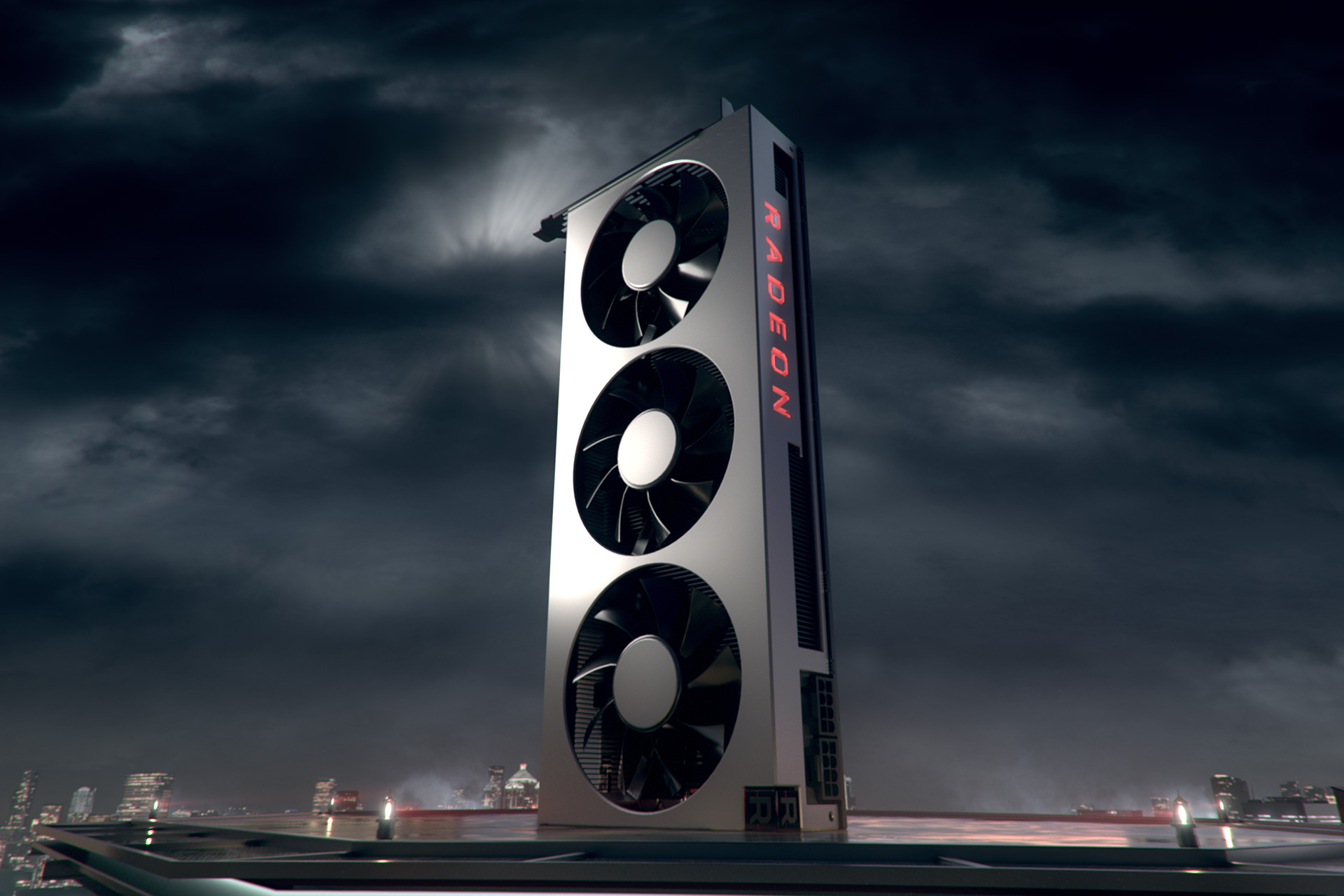
With all this in mind, the $700 price tag (£649 here) puts the Radeon VII right in line with entry-level RTX 2080 cards. With the latter’s better efficiency, lower noise, thus far superior overclocking, and onboard ray tracing support, we feel Nvidia has the better package for most people at the current prices.
As such, we want to see either a price cut to the Radeon VII of around $75/£50 at least before we could recommend it as an alternative, and even then we’d say playing games with headphones would almost be a necessity. Alternatively, if decent custom SKUs from board partners were to arrive at the same price as MSRP, they too would be more compelling for users uninterested in ray tracing and DLSS, but for now it’s reference only, and custom designs may never in fact arrive.

MSI MPG Velox 100R Chassis Review
October 14 2021 | 15:04

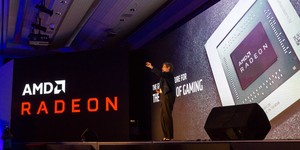
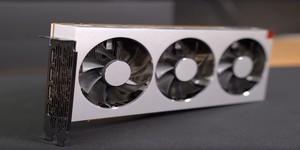
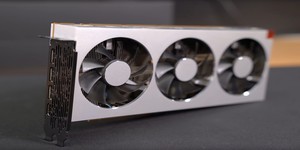




Want to comment? Please log in.